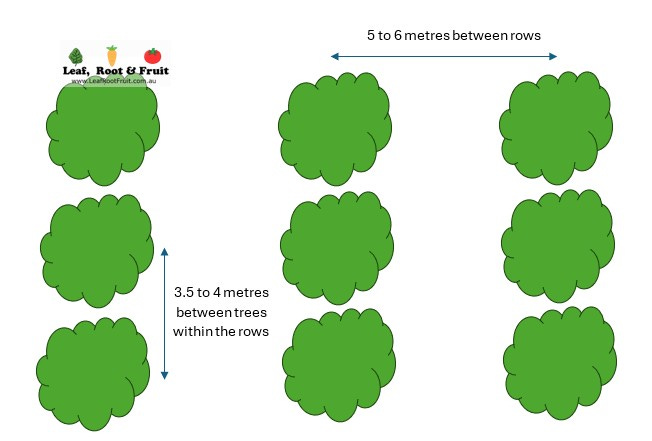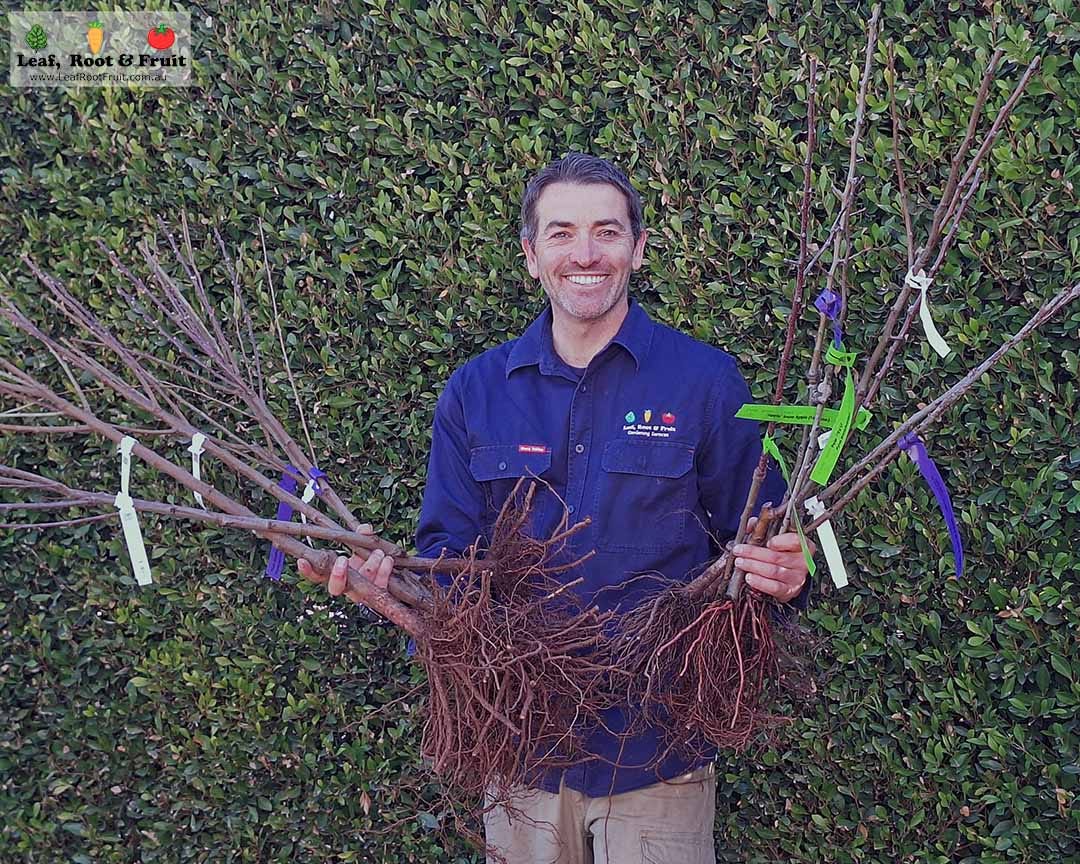How Many Fruit Trees Should You Plant?
Finding the sweet spot between “the more the merrier” and “less is more”.
Deciding on the number of fruit trees to plant is a bit like deciding on your ideal number of chickens to keep. The answer is always three more than you already have. To some backyard growers it’s perfectly logical to say “I’ve never tried a plumcot before, so I’ll squeeze it in and devote three years of growing it to find out whether I like it”. There are so many different varieties of fruit, and it is mighty tempting to try to cram all of them into your backyard.
I recently wrote about why I’m removing some fruit trees from my own orchard – I planted too many. Today’s post looks at how many fruit trees is ideal for your own backyard orchard – how to find the sweet spot.
How many trees can you fit?
Are you working with a tiny courtyard or a hobby farm? Within that space, what is available for planting? Do you need to leave some backyard space where the kids can kick the footy (in my experience footies and fruit trees don’t coexist very well), the dog can run, or you can entertain or hold Saturday night barbeques?
Tree size affects the equation. And that leads me to rootstock selection. Choice of rootstock will determine how big the trees will ultimately become and therefore how many trees you can squeeze in (more on that here).
Some trees are grafted onto rootstocks that will encourage the trees to grow into utter monsters 15-plus metres tall. Other rootstocks will keep trees to a more modest 3 metres tall even with minimal pruning or other intervention on your part. Then there are the super dwarf trees that will grow to only about 1.5 metres tall and can be used for stepovers or growing in pots.
Many factors can influence tree spacing, but by oversimplifying things I can give you a rough guide. You should space free-standing dwarf fruit trees approximately 3.5 to 4 metres apart. Note that once the fruit trees are mature this won’t leave room for access paths between the trees. You might want to consider allowing 5 to 6 metres between rows of trees, with an intra-row space of around 4 metres.

Planting apricots, plums and peaches together? The spacing will need to be tweaked for each tree as they all max out at different sizes. Planting on semi-dwarf or full-sized rootstocks? The spacing will need to be greatly increased.
How much time do you have?
As I alluded to in my recent post, it doesn’t take much time to plant an extra couple of fruit trees. But every autumn it’ll take a great deal of extra time to pick and harvest that fruit. It will also take extra time to net the trees, and patrol them for pests such as Queensland Fruit Fly. You might need to prune them, and water them too. Curbing your enthusiasm at planting time will help create a more balanced life for your future self.
A neglected orchard can become an environmental hazard. All that unmanaged fruit will harbour pests that will spread to neighbouring orchards. It will attract parrots and rodents. Our native wildlife has not evolved eating soft fleshy fruit. Whatever sized orchard you decide to plant, please make sure you can protect and maintain it.
How much fruit do you need?
My fruit tree harvest starts with cherries in December, followed by stone fruit in summer. Apples, pears and nashis ripen through autumn. The persimmons ripen indoors and provide fruit right through to July. The citrus picks up in late winter (citrus fruits are typically an early winter staple in Melbourne but they ripen much later here in Kyneton). There’s a fruit famine in early spring. But if you include the strawberries, which provide abundance in November, there’s a gap of only two months where I can’t enjoy fresh fruit from my garden. Check out the ripening chart in this post for more information on all of this.
Folks growing in a warm temperate climate such as Melbourne’s can manage to eat fresh fruit for most of the year with just 10 well selected fruit trees.
Optimising the final number
If space is limited, then 10 trees is more than enough. Ten mature dwarf fruit trees could provide you with around 400 to 1000 kilograms of delicious home-grown fruit spread across the year.
Even if you have enough space to devote to growing more, then go beyond that number with caution. Twenty fruit trees are manageable for some, but likely excessive. It’s a lot of work to maintain a backyard orchard of that size. Twenty fruit trees is no longer “dabbling” – at this point you’re becoming a serious part-time orchardist. You’ll be busy in spring, but you’ll be inundated in autumn.
Next week, I’ll provide a list of fruit tree varieties that you might want to consider including if you are going to limit yourself to an orchard of 10 fruit trees. It’s a list of what I’d plant based on four factors: pollination, ripening times, resilience and flavour.
I’ve been meaning to write the post for years. But it meant poring through mountains of journal entries, scrutinising years’ worth of ripening and harvesting data, and reviewing all my taste test notes. I kept putting it off, and it took me ages to compile, but now I’ve finally completed it.
It will land in the inboxes of paid subscribers next Tuesday morning. If you haven’t already done so, go paid to make sure you receive it.
The design of any orchard needs to consider:
Layout, spacing and access
Ripening times and harvest
Tree resilience and susceptibility to pests and disease
Pollination
Irrigation
This post gives a good overview of all the above topics and more.
Getting everything just right takes a lot of consideration, but that effort will repay you with increased yields for less work. If you need advice tailored to your individual site, then you can request a site consult. Together we can explore your property and discuss your vision.
You can see all my posts about backyard orchards here.



Thanks again for a great insightful and helpful post.
We are still establishing our fruit tree garden . When l was still ambulatory l planted a peach, fig, pomegranate , apricot and two blood plums. Another peach grew from a seed. . Now l am in a wheelchair we plan to keep the 2 peaches, fig and pomegranate small( so l can manage them). The orchard trees along our long back fence we are espaliering. We pulled the non performing massive apricot (15 apricots its top crop!!) and will replace it. The root system was intensive and massive, it had only been in 6 years. They even went into the neighbours yard .
We already had 2 blood plums and last year planted an orange, lemon and 2 apples trees. All this forms the espalier system .At the end of the espalier system l planted a mulberry last year
Can a mulberry be espaliered?
What apricot would you recommend for outer northern suburbs of Melbourne, clay soil with gypsum and compost mixed in
We know we should have done the espalier system first but the fellow building for us it got sick and it’s only just been built. I had bought the bare rooted trees in anticipation… so l got hubby to plant them .
So with Strawberries and blueberries l look forward to living mostly on our own fruit.